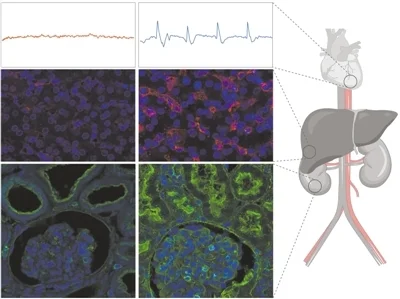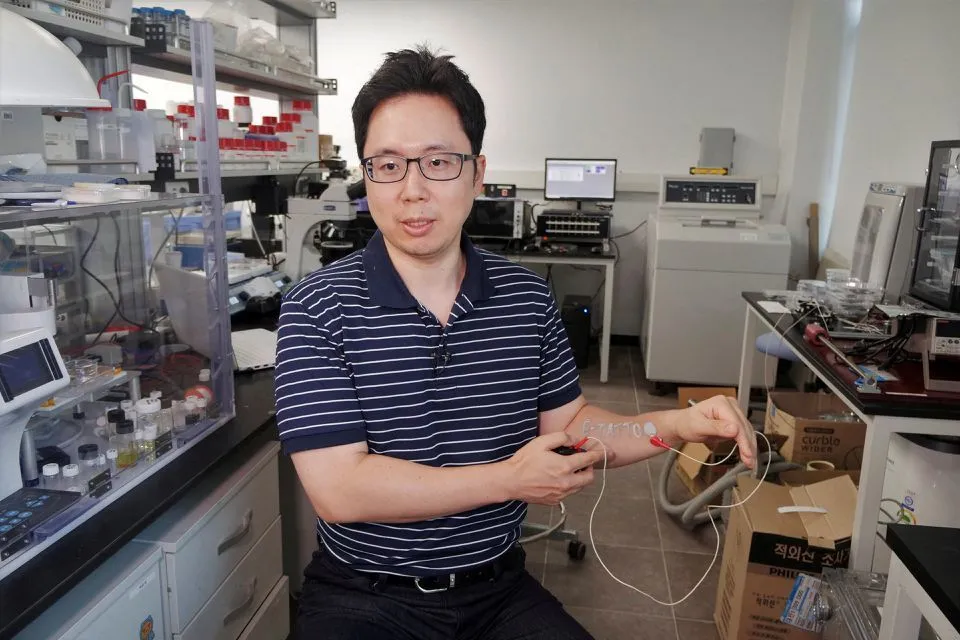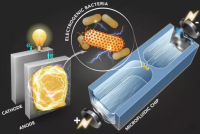A study published in the British journal Nature on the 3rd proposes a system that restores certain molecular and cellular functions and preserves body tissue starting 1 hour after mammals die. No signs of electrical brain activity related to normal brain function were observed during this process. This approach may hopefully increase the availability of transplanted tissue, but further research is needed to understand the potential implications and applications of these findings.
When blood flow in mammals stops, the lack of oxygen and nutrient circulation triggers a cascade of events that lead to cell death and organ damage. While tissue-sparing, recovery-promoting approaches can be achieved in individual organs, scaling up these interventions to the systemic level has proven difficult.
This time, the Yale University research team adapted one of the techniques, called BrainEx, to the whole body of large mammals, which has previously been shown to restore some brain function in pigs hours after death.
The newly upgraded system, called OrganEx, connects to the circulatory system and pumps fluids containing factors that counteract the damaging metabolites and electrolyte imbalances caused by blood flow cessation. The team tested the system in a pig one hour after the heart had stopped, comparing it to a more traditional recovery circulatory system, an extracorporeal membrane oxygenation (ECMO). OrganEx has been shown to preserve tissue integrity, reduce cell death, and restore specific molecular and cellular processes in multiple vital organs such as heart, brain, liver, and kidney. Organs treated with OrganEx showed less bleeding and tissue swelling compared to ECMO. They also observed organ-specific and cell-type-specific gene expression patterns, suggesting that repair processes are taking place in the body.
The research team noted that further exploration and development are needed to gain insight into OrganEx’s potential to help restore cells or disrupted blood circulation after death. They concluded that the findings underscore a previously underappreciated ability of the mammalian body to partially recover after blood flow interruption, which could increase the availability of transplanted organs.
spacerobot.com believes:
What is death? Are technological advances slowly rewriting the definition of life and death? That’s what many people think of when they see this news. In 2019, a study also published in “Nature”, the same BrainEx system, restored the brain circulation and some brain cell functions in the pig brain that had been dead for 4 hours. A heated discussion of ethics. Today’s results can be expected to set off another wave. Although it is still unknown whether it can achieve the same “resurrection” effect on primates, but one day in the future, whether it is BrainEx or OrganEx, it will be improved and upgraded many times. The system may add a touch of “life” hope to human beings.




GIPHY App Key not set. Please check settings